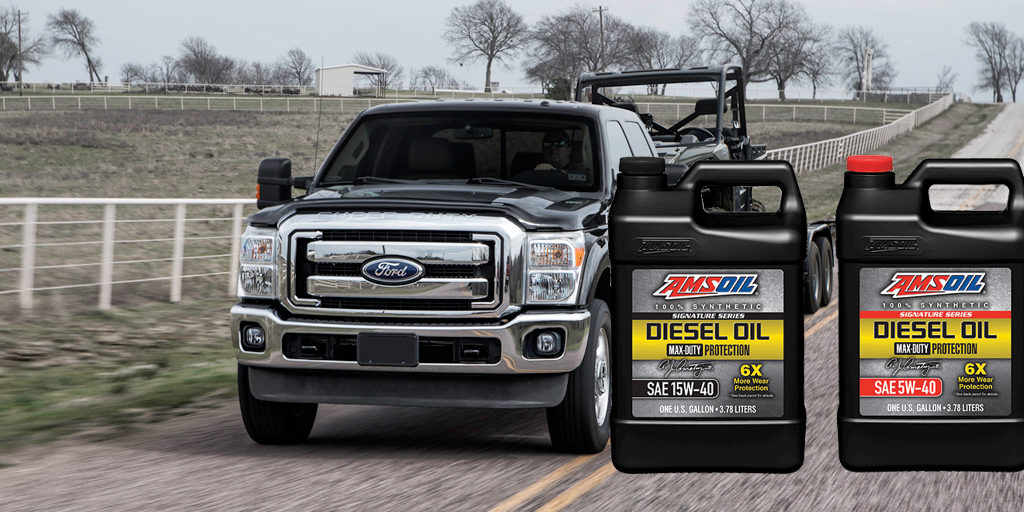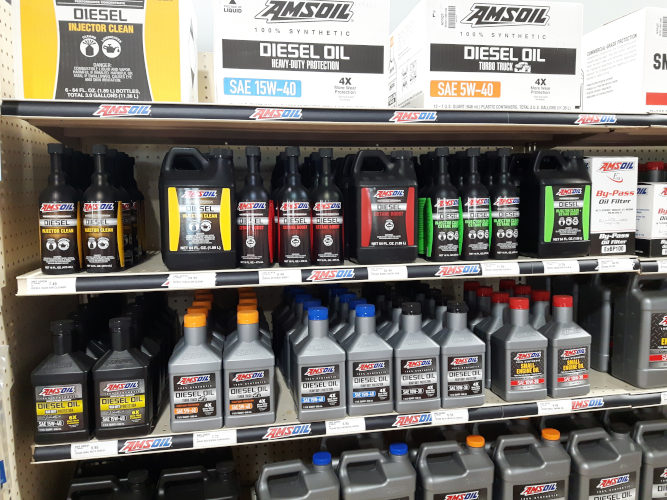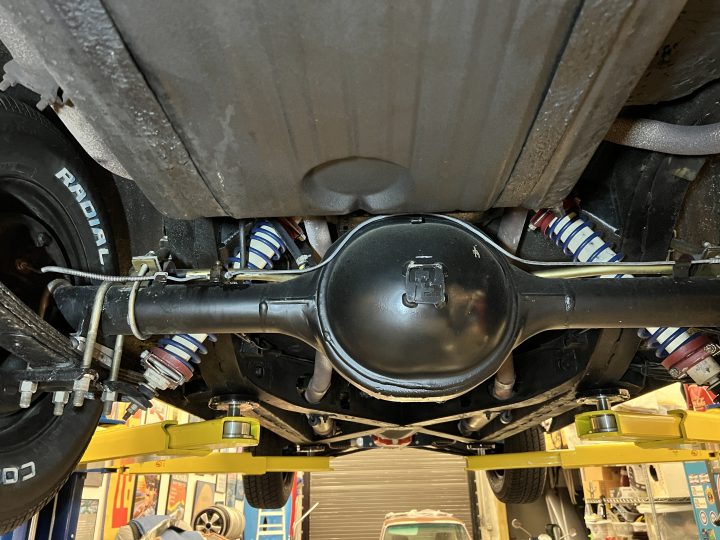What’s up with these “Filled-for-Life Transmissions”? John Baker|Jan 04, 2019 9:10 AM Casual motorists generally take no interest in crawling under their vehicles on a Saturday afternoon. And, when was the last time you heard someone express excitement over dropping their car off at the dealership for maintenance? The automakers know this, which explains the […]
Where Oil Goes and What it Does
The Responsibilities of Your Motor Oil A typical engine contains hundreds of parts, none of which could function properly without oil. Far from a simple commodity, oil is a dynamic enabler of performance. It must lubricate, cool, protect, seal, actuate components and more. And it must do it all while exposed to tremendous heat and […]
Which Small-Engine Oil Would You Choose?
Which Small-Engine Oil Would You Choose? Spring marks the time to store your snowblower and prepare your lawnmower, pressure washer, generator and other equipment for another season. Make sure to change oil before storing equipment. Used oil contains acidic byproducts that can damage the engine if allowed to sit for months. If you neglected to […]
Is an Engine Flush Good or Bad?
Should you be concerned using Engine Flush? John Baker|Nov 26, 2018 11:00 AM To flush or not to flush. (One of our best sellers here in Sioux Falls) It’s a question whose answer is obvious in the bathroom, but vigorously debated in the garage. Let’s get right to the point. Is an engine flush good or […]










